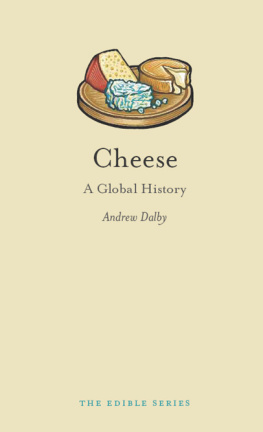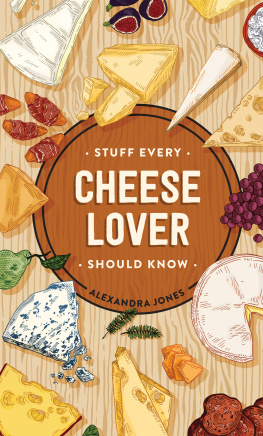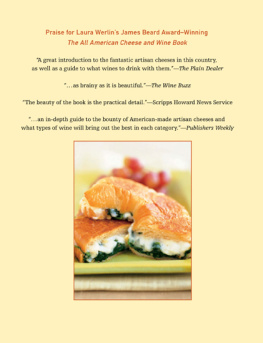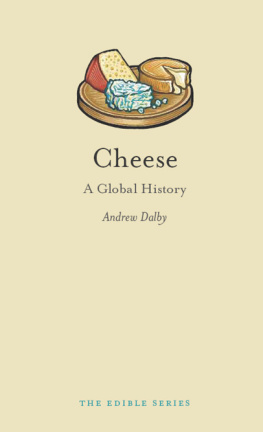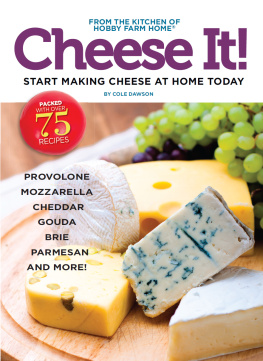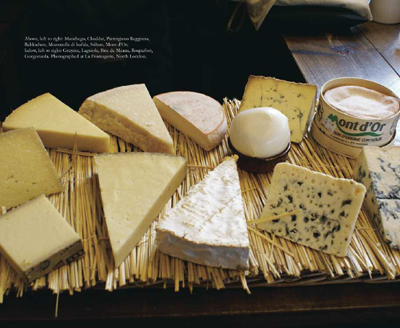Andrew Dalby - Cheese: A Global History
Here you can read online Andrew Dalby - Cheese: A Global History full text of the book (entire story) in english for free. Download pdf and epub, get meaning, cover and reviews about this ebook. year: 2009, publisher: Reaktion Books, genre: Detective and thriller. Description of the work, (preface) as well as reviews are available. Best literature library LitArk.com created for fans of good reading and offers a wide selection of genres:
Romance novel
Science fiction
Adventure
Detective
Science
History
Home and family
Prose
Art
Politics
Computer
Non-fiction
Religion
Business
Children
Humor
Choose a favorite category and find really read worthwhile books. Enjoy immersion in the world of imagination, feel the emotions of the characters or learn something new for yourself, make an fascinating discovery.
- Book:Cheese: A Global History
- Author:
- Publisher:Reaktion Books
- Genre:
- Year:2009
- Rating:5 / 5
- Favourites:Add to favourites
- Your mark:
Cheese: A Global History: summary, description and annotation
We offer to read an annotation, description, summary or preface (depends on what the author of the book "Cheese: A Global History" wrote himself). If you haven't found the necessary information about the book — write in the comments, we will try to find it.
Take a slice of bread. Its perfectly okay in and of itself. Maybe it has a nice, crisp crust or the scent of sourdough. But really, its kind of boring. Now melt some cheese on ita sharp Vermont cheddar or a flavorful Swiss Gruyere. Mmm, delicious. Cheeseits the staple food, the accessory that makes everything better, from the hamburger to the ordinary sandwich to a bowl of macaroni. Despite its many uses and variations, there has never before been a global history of cheese, but here at last is a succinct, authoritative account, revealing how cheese was invented and where, when, and even why.
In bite-sized chapters well-known food historian Andrew Dalby tells the true and
savory story of cheese, from its prehistoric invention to the moment of its modern rebirth. Here you will find the most ancient cheese appellations, the first written description of the cheese-making process, a list of the luxury cheeses of classical Rome, the medieval rule-of-thumb for...
Andrew Dalby: author's other books
Who wrote Cheese: A Global History? Find out the surname, the name of the author of the book and a list of all author's works by series.

